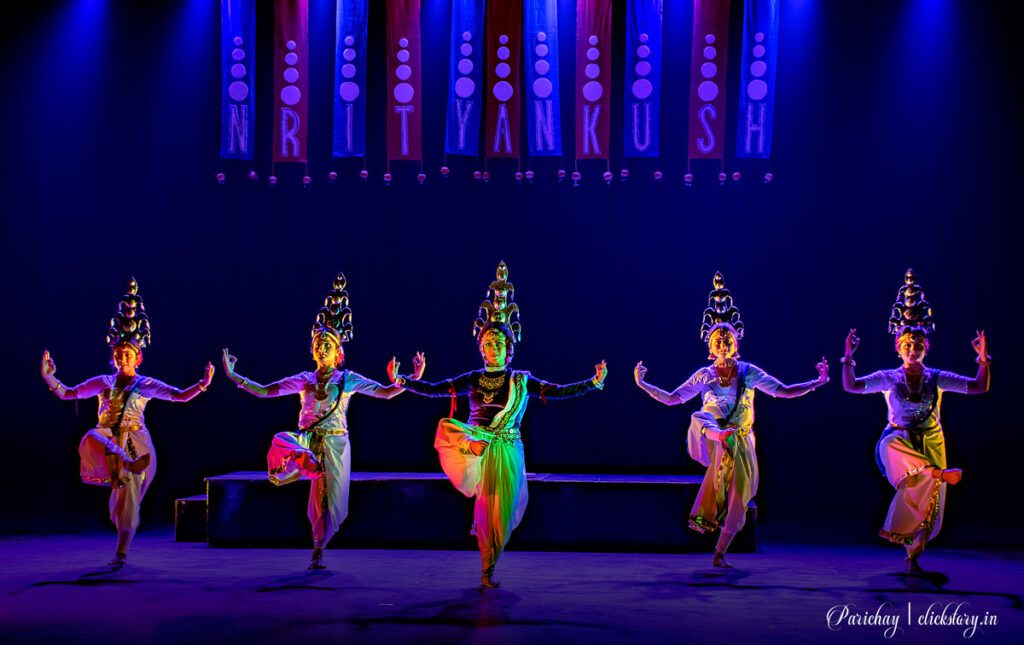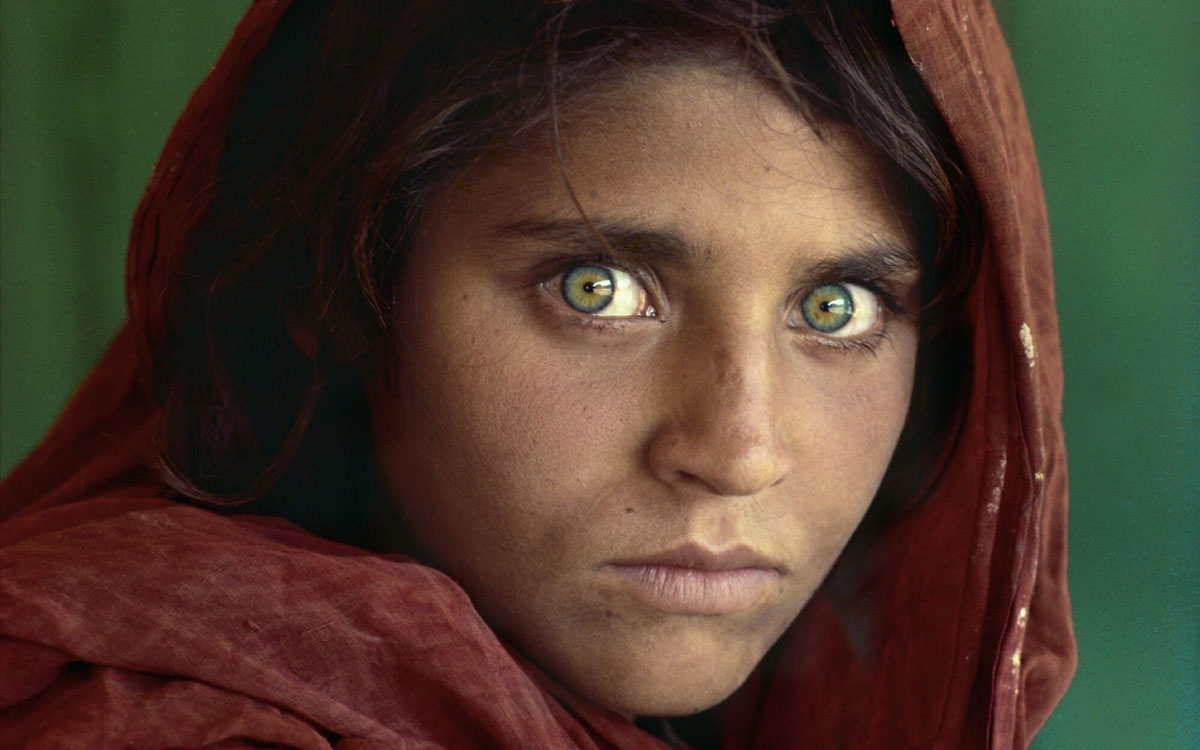Aesthetic values are the principles and qualities that make a photograph visually pleasing and meaningful to the viewer. Photography is a visual art form that aims to capture and convey beauty in various ways. They are subjective and depend on the personal preferences, cultural backgrounds, and emotional states of the viewers. However, there are some common elements that can influence the aesthetic values of photography. The elements are composition, lighting, color, and subject matter. In this article, I will discuss how these elements can be used to create aesthetic photographs and provide some examples from famous photographers.

Composition
Composition is the arrangement of visual elements within a frame. It is one of the most important aspects of aesthetic photography. It determines how the viewer’s eye moves across the image and what focal points are emphasized. Composition can be influenced by various techniques, such as the rule of thirds, leading lines, symmetry, balance, framing, negative space, and perspective. A good composition can create a sense of harmony, contrast, depth, movement, or tension in a photograph.

For example, Steve McCurry’s famous photograph of a young Afghan girl with piercing green eyes uses the rule of thirds to place her face off-center and draw attention to her gaze. The contrast between her colorful headscarf and the plain background also enhances her striking features.
Lighting
Lighting is the source and quality of illumination in a photograph. It can affect the mood, tone, texture, and color of an image. Lighting can be natural or artificial, direct or indirect, soft or hard, warm or cool. Different types of lighting can create different effects on the subject and the atmosphere of a photograph.
For example, natural light can create a realistic and natural look, while artificial light can create a dramatic and stylized look. Direct light can create strong shadows and highlights. Indirect light can create a soft and even light. Soft light can create a flattering and gentle look whereas, hard light can create a harsh and edgy look. Warm light can create a cozy and inviting look, while cool light can create a cold and distant look. Daniel Arnold’s street photography uses indirect light from various sources to create a soft and even light that reveals the details and expressions of his subjects.

Color
Color is the hue and saturation of light in a photograph. It can affect the mood, emotion, contrast, and harmony of an image. Color can be vibrant or muted, complementary or analogous, monochromatic or poly chromatic. Different colors can evoke different feelings and associations in the viewer.
For example, red can evoke passion, anger, or danger; blue can evoke calmness, sadness, or coldness. Yellow evokes happiness, warmth, or caution. Color can also create contrast and harmony by using opposite or similar colors on the color wheel. Steve McCurry’s photography uses vibrant and complementary colors to create contrast and harmony between his subjects and their environments.
Subject
Subject matter is the main focus or theme of a photograph. Hence, the photographer wants to capture and communicate to the viewer. It can be people, animals, nature, objects, events, or abstract concepts. It may influence the aesthetic value of a photograph by creating interest, curiosity, emotion, or meaning in the viewer.
For example, Steve McCurry’s photography focuses on human subjects from different cultures and backgrounds to show their diversity and beauty. Daniel Arnold’s photography focuses on candid moments from everyday life to show their humor and spontaneity.


In conclusion, aesthetic values are the principles and qualities that make a photograph visually pleasing and meaningful to the viewer. They are subjective and depend on various factors such as personal preferences, cultural backgrounds, and emotional states of the viewers. However, there are some common elements that can influence the aesthetic values of photography: composition, lighting, color, and subject matter. These elements can be used to create aesthetic photographs that capture and convey beauty in various ways.

Thanks for the info
lovely article. it is very much informative. thanks.